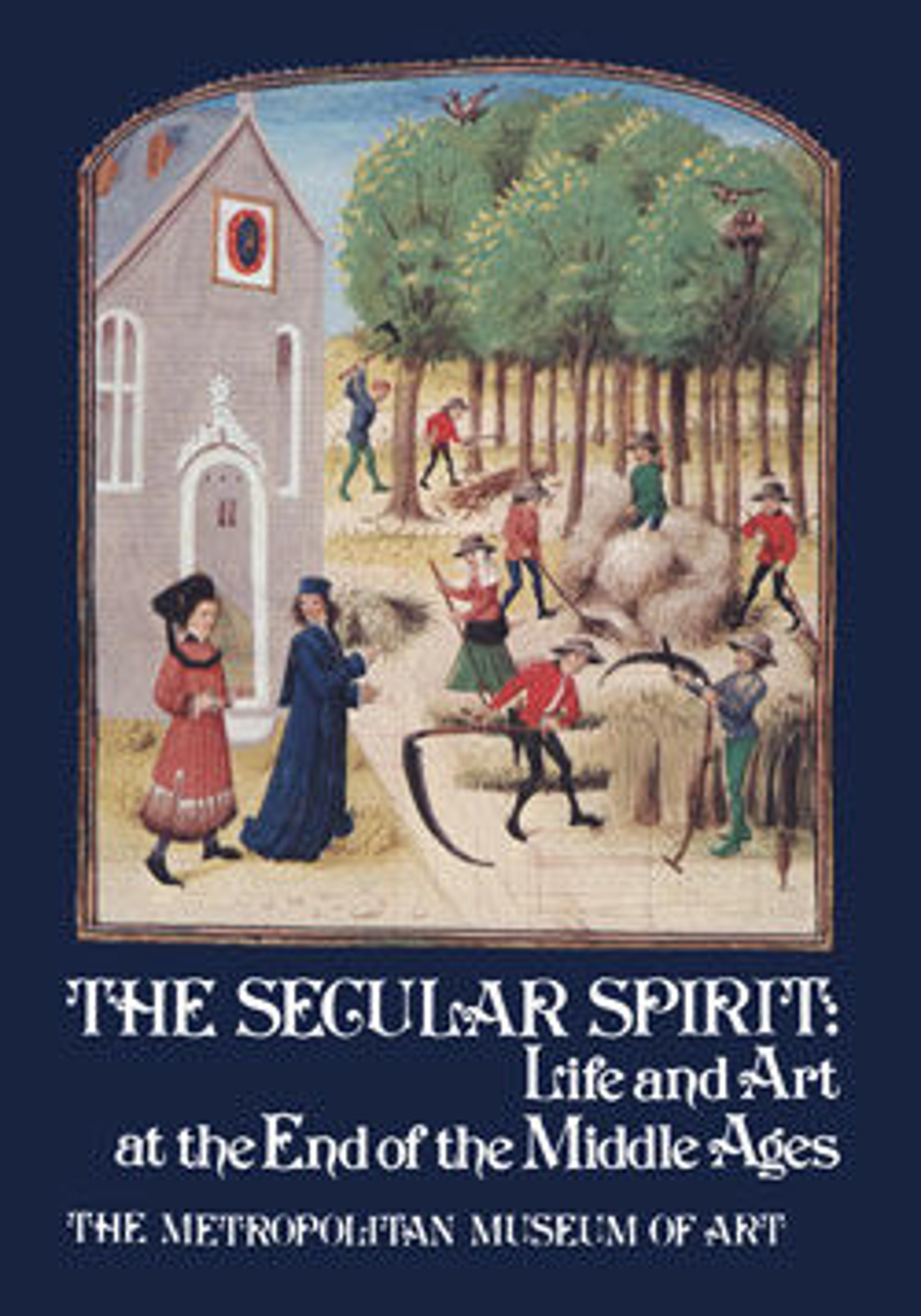Seal
There were in the Middle Ages a large variety of seals ranging in importance from the great seal of the king, which might be as large as five inches in diameter, down to the vast numbers of smaller seals which belonged to more ordinary individuals. There were also corporate seals belonging to guilds, cities, cathedrals, monasteries, or universities. The materials from which seals were made vary in relation to the wealth of the owner. Silver and brass were most frequently used, but gold, and, among the less costly materials, lead, stone, and even mood were employed. Seals varied in quality of workmanship from the most elaborate to the rough-cut merchant marks or the simple initials of yeomen.
Since almost all legal and business transactions were executed by a seal, it was a closely guarded object. There are records of a king’s councilor who lost his silver seal and the chain which attached it to his belt, and a French nobleman whose seal was stolen by the English, both of whom requested that their seals be revoked so they could not be used illegally.
In the center of the seal was usually a device, and around the border a lettered legend which might specify the authority of the seal, or give an instruction to the recipient of the letter or document to which the impression of the seal was affixed. Sometimes the inscription was a personal device and even love mottos appear. This seal was most probably a private one, but neither the device in the center nor the inscription has been deciphered.
Since almost all legal and business transactions were executed by a seal, it was a closely guarded object. There are records of a king’s councilor who lost his silver seal and the chain which attached it to his belt, and a French nobleman whose seal was stolen by the English, both of whom requested that their seals be revoked so they could not be used illegally.
In the center of the seal was usually a device, and around the border a lettered legend which might specify the authority of the seal, or give an instruction to the recipient of the letter or document to which the impression of the seal was affixed. Sometimes the inscription was a personal device and even love mottos appear. This seal was most probably a private one, but neither the device in the center nor the inscription has been deciphered.
Artwork Details
- Title: Seal
- Date: 14th century
- Culture: French or Italian
- Medium: Champlevé enamel, copper-gilt
- Dimensions: Overall: 2 1/16 x 1 1/8 x 1 1/4 in. (5.2 x 2.9 x 3.2 cm)
- Classification: Enamels-Champlevé
- Credit Line: Gift of J. Pierpont Morgan, 1917
- Object Number: 17.190.797
- Curatorial Department: Medieval Art and The Cloisters
More Artwork
Research Resources
The Met provides unparalleled resources for research and welcomes an international community of students and scholars. The Met's Open Access API is where creators and researchers can connect to the The Met collection. Open Access data and public domain images are available for unrestricted commercial and noncommercial use without permission or fee.
To request images under copyright and other restrictions, please use this Image Request form.
Feedback
We continue to research and examine historical and cultural context for objects in The Met collection. If you have comments or questions about this object record, please complete and submit this form. The Museum looks forward to receiving your comments.
